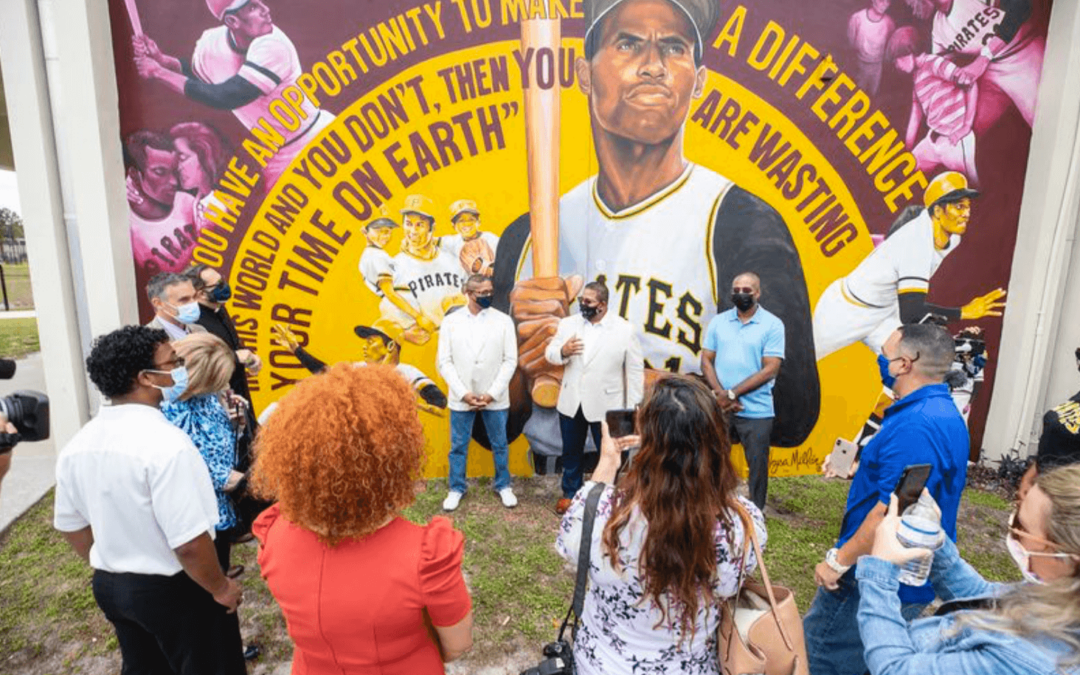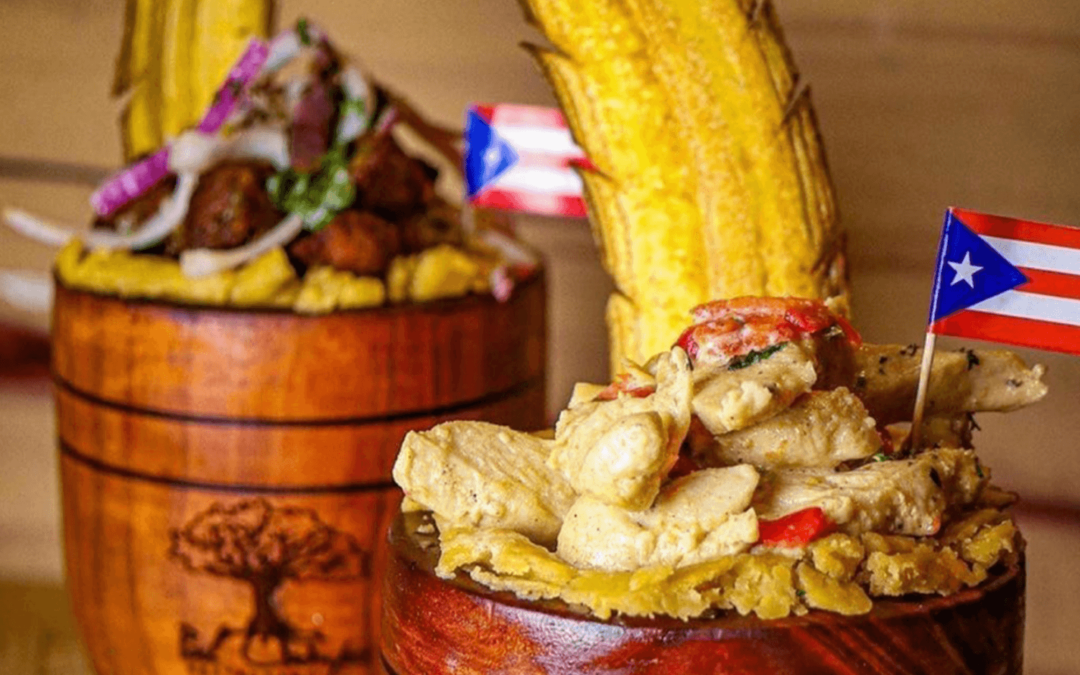
Photo by Jan Sochor/Latincontent/Getty Images
The historical celebration, honored in Latin America and around the world, continues to thrive as a new generation of Latinos pays tribute to their roots and ancestors.
Day of the Dead—Día de los Muertos—is an age-old Latin tradition with deep religious and spiritual roots. In essence, Day of the Dead is a two-day celebration in which people honor their deceased loved ones by constructing ornate altars. The holiday is celebrated on Nov. 1 and 2; however, in the US, Day of the Dead festivities begin Halloween week. While the tradition is mostly celebrated in Mexico and Central America, communities worldwide have taken on the colorful and rich celebrations of commemorating the dead.
The Origins

Day of the Dead has evolved considerably from its indigenous roots several thousand years ago. In the 16th century, when the Spanish conquered Mexico, the colonizers incorporated their Catholic motifs, including All Saints Day, into Mexico’s Día de Los Muertos to influence the conquest.
RELATED: Yes, You Can Have an Awesome Halloween — Even in the Middle of a Pandemic
“[Day of the Dead] began as a pre-European Hispanic holiday and a celebration of the transition from the end of human life and the beginning of the spirit life,” said Marla Ramírez, Assistant Professor of the Department of History of Chican@ & Latin@ Studies Program at the University of Wisconsin–Madison, in an interview with The Americano.
Indigenous themes and Spanish ideals can be seen in the Day of the Dead imagery, including elaborate Spanish costumes from the 16th century accompanied by skull-painted faces.
Day of the Dead may seem spooky and eerie to some, however, the tradition has since evolved into a wildly popular holiday, especially with children after the release of Pixar’s 2017 animated film “Coco.”
The Traditions

Most Día de los Muertos celebrations include erecting an altar and decorating it with flowers, candles, food, skulls, and banners made with papel picado (colorful tissue paper cut up in unique patterns).
The purpose of the altar is to designate a place to honor a deceased person or persons by placing their picture on the altar. Some people even put notes on the altar to those people who have passed.
Today, people celebrate in various ways, including processions, gallery installations, decorating their homes, dressing up, and parties. However, honoring a deceased loved one can also be a small and intimate affair by lighting a candle in front of their picture.
The Imagery

The most common themes of Day of the Dead include adorning an altar or home with marigold flowers, which are considered the flower of the dead. Historians believe that the brightness of the flower helps to bring the dead to their altar. Sugar skulls are also a prevalent theme in all Day of the Dead decor.
RELATED: Celebrating Virtual Thanksgiving Can Be Great!
Food such as Mexican bread (pan de muerto), liquor, candy, or whatever you choose can also be placed on the altars to entice the dead to come to their altar. Papel picado can also be used to help decorate your Day of the Dead space.
Day of the Dead Continues to Flourish

“First and foremost, this tradition in indigenous communities in what is now Central America and Mexico is very much alive today, and we gain from that because oftentimes we romanticize indigenous communities or marginalize them all together,” Ramírez said. “But they continue to thrive and continue to celebrate their cultural traditions.”
While other non-Latinos have adopted Day of the Dead, Latinos use the opportunity of this tradition to honor their history and roots.
Latinos who are forced to assimilate to other cultures, Ramírez said, Day of the Dead is a special time to acknowledge those who have died and also a time to recognize themselves.
“It’s also a part of immigration, as Latinos immigrate to the US and worldwide, there is a need to keep a sense of familiarity and a sense of belonging. These celebrations are used in order to come together and feel seen in communities that also marginalize them.”
UPDATE (October 27, 2020, 5:05 a.m.): This story has been updated to reflect Marla Ramírez is an Assistant Professor at the University of Wisconsin–Madison.
Politics

Teamsters and UPS Reach Tentative Deal to Avoid Strike, 340,000 Workers to Get Raises
The tentative deal represents a huge win for full- and part-time UPS Teamster workers, who would get significant pay raises and better working...



One Republican Senator Is Blocking 265 Military Promotions, Leaving the Marines Without a Confirmed Leader
Sen. Tommy Tuberville's decision means these military officers are not getting the pay raises they’re owed, cannot move their families to wherever...
Local News



Teamsters and UPS Reach Tentative Deal to Avoid Strike, 340,000 Workers to Get Raises
The tentative deal represents a huge win for full- and part-time UPS Teamster workers, who would get significant pay raises and better working...



One Republican Senator Is Blocking 265 Military Promotions, Leaving the Marines Without a Confirmed Leader
Sen. Tommy Tuberville's decision means these military officers are not getting the pay raises they’re owed, cannot move their families to wherever...




